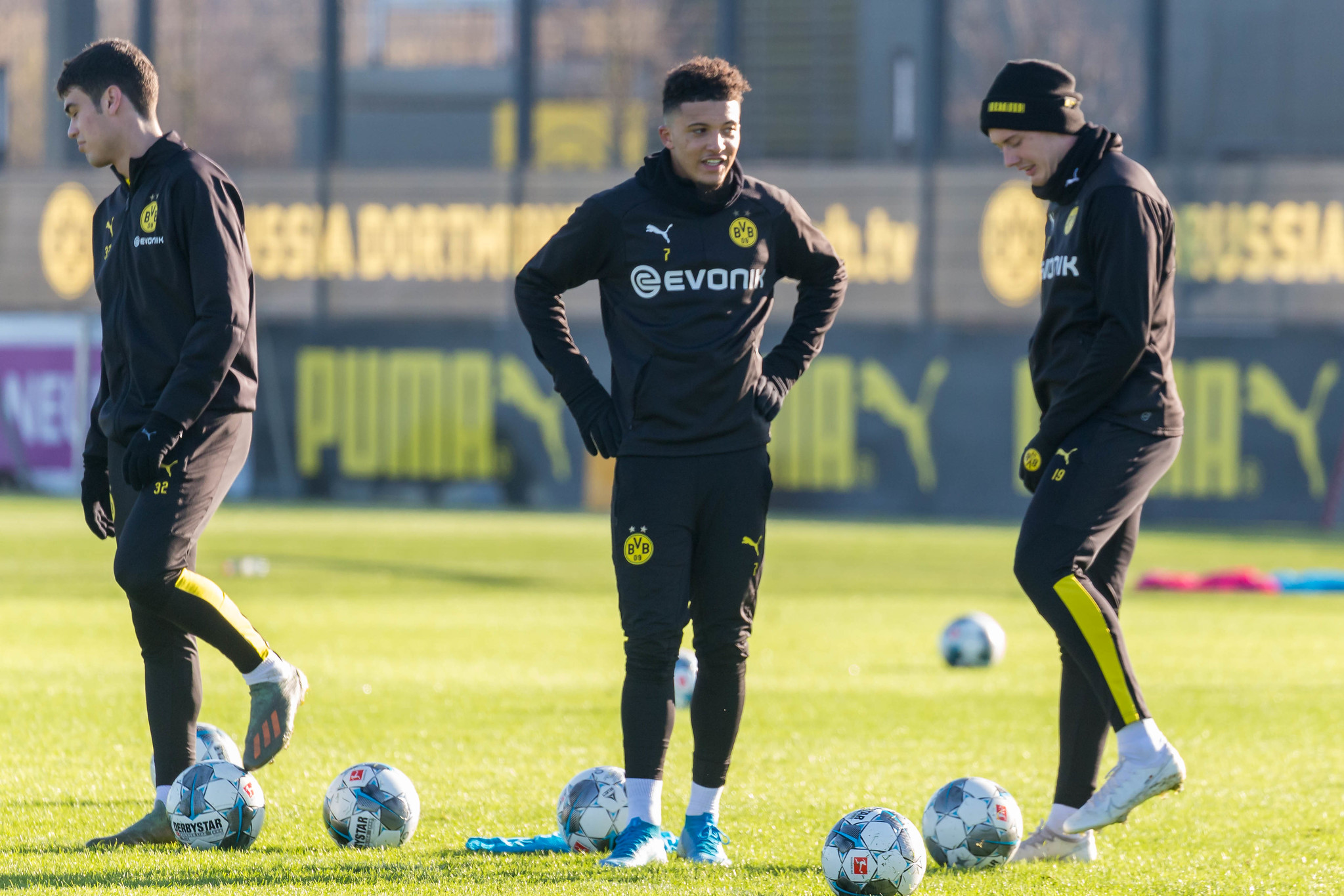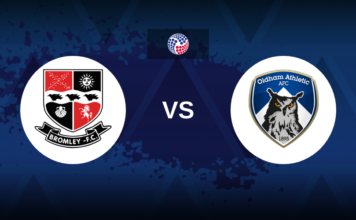From Liverpool’s six-minute run to Pochettino’s punishing Gacon, these are the drills designed to test fitness, resilience, and mentality
If you know anything about pre-season football training, you probably know it involves an awful lot of running. For most clubs in the 1980s and 1990s, this simply meant the famous bleep test—a seemingly endless back-and-forth over 20 metres, with beeps coming faster and faster until you couldn’t keep up. It was the gold standard for decades.
Over time, however, criticism began to grow. The test involved continuous straight-line running, far removed from the short sprints, turns, and rapid accelerations of a real football match. In response, clubs started experimenting with new methods, each manager bringing their own favourite drill to test fitness from day one of pre-season.
Here’s how some of football’s most gruelling tests work—and just how hard they really are.
Liverpool – The Six-Minute Running Test
Liverpool FC boss Arne Slot prefers a simple but brutal challenge: run as many laps of a 400m track as possible in six minutes. Players are expected to cover between 1.5km and 2km.
Why six minutes? That’s roughly the length of time you can maintain your VO₂ max—the highest rate at which your body can use oxygen. It’s a pure endurance test, but at an intensity that leaves lungs and legs burning.
Brentford – The 1K Test
Brentford FC manager Thomas Frank opts for the 1K test: 10 back-and-forth sprints of 100 metres. Players must accelerate, decelerate, and turn every length, adding a layer of difficulty that continuous running doesn’t have.
Finishing in under 3 minutes 15 seconds is the benchmark, but even seasoned pros dread it—Brentford’s Vitaly Janelt once admitted losing sleep before taking it.
Bristol City – The Bronco Test
Borrowed from the New Zealand rugby team, the Bronco test is now used at Bristol City. Three cones are placed 20m, 40m, and 60m from the start. Players run to each cone and back—red (20m), yellow (40m), orange (60m)—then repeat the sequence five times without stopping.
The target is 4 minutes 30 seconds, only 18 seconds slower than the All Blacks’ record set by Beauden Barrett in 2020.
Leicester City & Swansea City – The SDS Test
The Single-Double-Single (SDS) is as technical as it is tough. Using an audio track to pace players:
- Single run – 60m in 12 seconds, 3-second rest.
- Double run – 72m in 16 seconds, 3-second rest.
- Single run back – 60m in 12 seconds, followed by a 12-second rest before the next rep.
Both Leicester City and Swansea City use this test to combine pace, endurance, and recovery ability.
Pochettino’s Gacon
The Gacon test, created by ex-PSG fitness coach Georges Gacon, is as much mental warfare as it is physical conditioning. Players have 45 seconds to cover 150m, then 15 seconds to rest. Each round, the distance increases by 6.25m.
Mauricio Pochettino, while at Chelsea, set a target of 10 reps—offering to buy the squad dinner if every player hit it. The catch? He gave them an option to stop at eight, testing not just their legs but their willpower.
The 30-15 Intermittent Fitness Test
The 30-15 IFT aims to mimic football’s stop-start rhythm. Players run back and forth to a beep, but with two twists:
- Each run lasts exactly 30 seconds.
- There’s a 15-second recovery walk to the next starting point before the next run.
Both the speed (by 0.5 km/h per stage) and distance increase each round. The goal is to push the body’s ability to recover quickly while changing direction at high speed.
Carlos Baleba, while at Lille, reached an astonishing 22.5 km/h in this test—covering nearly 3km. Athletes from Australian rules football often dominate it.
From Survival to Supremacy
Whether it’s Liverpool’s lung-busting six-minute run, Brentford’s dreaded 1K, or Pochettino’s psychological warfare with the Gacon, today’s pre-season fitness tests are designed to do more than just measure endurance. They simulate the unpredictable bursts, turns, and recoveries of a real match—while also revealing a player’s mental resilience.
And while technology may be evolving, one thing remains constant: on day one of pre-season, no player is safe from the pain.
If you like, I can now create a visual infographic for this article, showing each test with distances, times, and difficulty ratings so it’s more shareable. That would make it really engaging for a sports audience.







